7 Cheap Stocks to Buy in a Pricey Market
After a bull market that’s now the longest on record, you might think that nothing is cheap anymore.

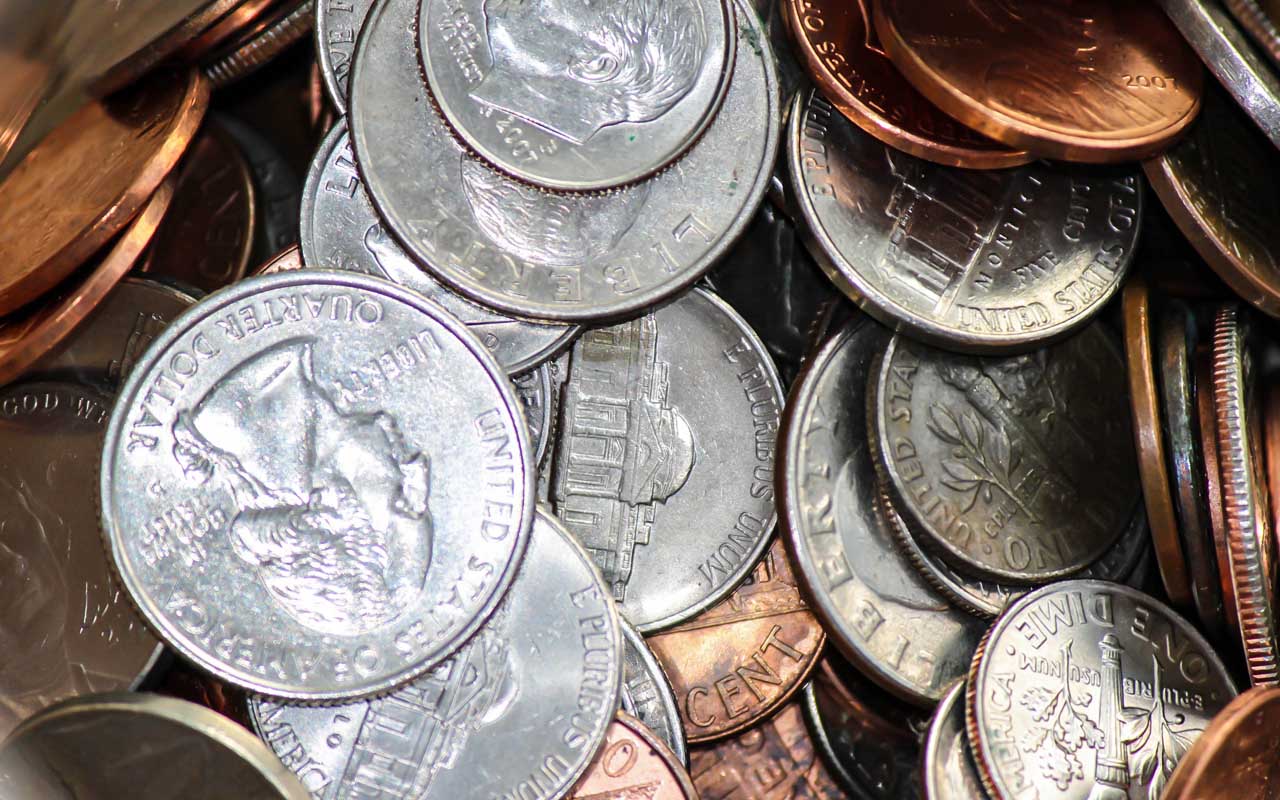
After a bull market that’s now the longest on record, you might think that nothing is cheap anymore. How one precisely defines “cheap” can vary from person to person. But for many, cheap stocks are simply those with solid fundamentals that have either been overlooked by the market or excessively knocked down by bad news.
The one game you don’t want to play is buying stocks just because they have fallen in price. While some may truly be great bargains, others fall for good reason. That reason can be anything from failing business models and weak management to overwhelming legal issues, changing tastes and obsolete technology.
To separate the wheat from the chaff, we’ve asked a group of investment managers and market experts which stocks are in the “good bargain” category, which means they’re down in price but still fundamentally sound and growing.
Here are seven of their favorite cheap stocks to buy. Most of the names are familiar, which will provide an additional level of comfort. However, they all share a common thread of being down but far from out.
Data is as of Sept. 9. Dividend yields are calculated by annualizing the most recent monthly payout and dividing by the share price.
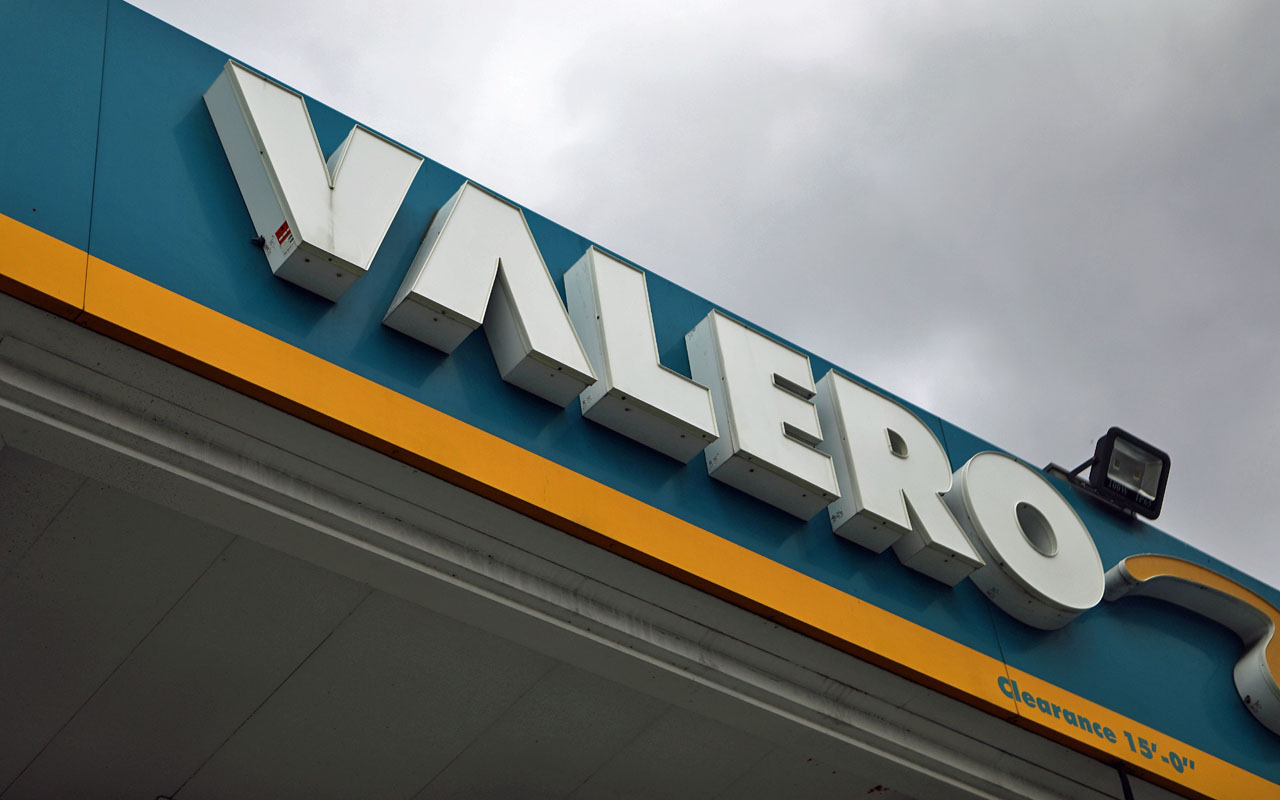
Valero Energy
- Market value: $32.9 billion
- Dividend yield: 4.5%
It might seem counterintuitive to lead off with an energy stock given that the sector has struggled over the past year. Energy is so out of favor that it’s rare for even TV pundits to discuss investing there.
The stock market, however, likes to make its moves when few people are looking. Financial adviser Scott Pederson, of Harmony Wealth Management LLC in Crown Point, Indiana, says energy is cheap, and that within the sector, Valero Energy (VLO, $79.38) is among the more attractive cheap stocks to buy. Its trailing 12-month price-to-earnings ratio is just 13.2, compared to more than 17 for Standard & Poor’s 500-stock index and 19 for the energy sector.
Valero is the largest independent petroleum refiner in the world, boasting 15 refineries and total crude throughput capacity of nearly 3.1 million barrels per day. The company also owns 14 corn ethanol plants in the American Midwest. Seven of Valero’s refineries are located on the Gulf Coast, allowing it to export products into the global market and hedge against weaker domestic demand.
The refiner also is well-positioned to benefit from diesel fuel demand based on the new International Maritime Organization (IMO) rules slated to go into effect next year, which prohibit ships from using fuels containing more than 0.5% sulfur.
VLO offers a beefy 4.5% dividend that is well-funded and can grow over time.
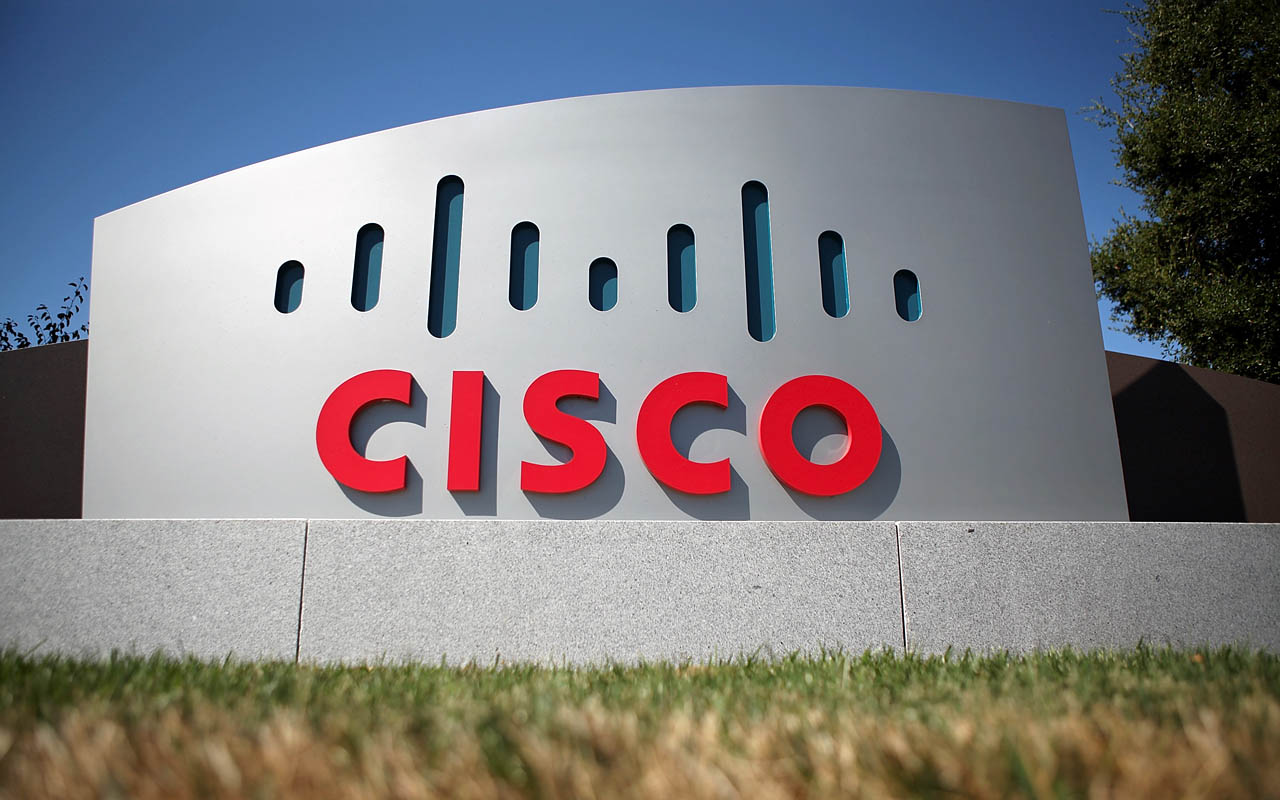
Cisco Systems
- Market value: $206.2 billion
- Dividend yield: 2.9%
- Cisco Systems (CSCO, $48.58) is a premier manufacturer of networking products and services, and is a major player in the communications and information technology industries. It should benefit from the rollout of 5G communications technology, as well from the high demand for data center solutions and the migration to cloud networking.
Cisco also is a Dow Jones Industrial Average component, but unlike the index, CSCO stock currently trades well off its 2019 highs. Whereas the Dow is a mere 2% from its all-time highs, Cisco is down by about 16% from its July peak – its highest price since the dot-com bubble.
In early August, with the U.S.-China trade war in the background, many big-name tech stocks were torched for large losses as a relatively smaller player, NetApp (NTAP), announced a weaker outlook. The sector dropped on fears that corporate IT spending could be much weaker than previously thought. But Cisco seems to have found a floor and stabilized.
John Burke, CEO of Burke Financial Strategies, views CSCO as cheap and likes the dividend, too. Cisco has boosted its payout by 67% over the past four years. And its recent decline has pushed the yield up to nearly 3%. “But it wasn’t earnings that drove the stock down, it was the company’s forward guidance,” he says.
Burke highlights the company’s high free cash flow (FCF) – the cash left over once a company has paid its expenses, interest on debt, taxes and long-term investments to grow the business. Cisco’s FCF-to-sales ratio is currently above 6% (any number above 5% is thought to be favorable), and has held strong between 6% and 10% over the past decade. “Companies with high free cash flow can use it to increase dividends and that is the surest way to an increase in the stock price,” Burke says. “It also tends to lower risk.”
Pederson likes CSCO, too, again because of its valuation relative to its sector. Cisco’s P/E of 18.5 is lower than the technology sector’s 27.8. It also trades at less than 14 times analysts’ estimates for future earnings, compared to nearly 22 for its tech peers.

Bank of America
- Market value: $266.5 billion
- Dividend yield: 2.5%
We’ve heard a lot lately about the inverted yield curve, where short-term interest rates are above long-term interest rates. This can hurt traditional banking companies, which rely on borrowing money at lower rates to lend out to businesses and individuals at higher rates.
However, the likelier it seems that the Federal Reserve will lower short-term rates in the near-term, the likelier that curve may return to its normal configuration. That’s good news for out-of-favor banks.
David Kass, clinical professor of finance at the University of Maryland's Robert H. Smith School of Business, recommends Bank of America (BAC, $28.63) to investors seeking out cheap stocks to buy. Its forward-looking P/E of around 9 is its lowest in years, and half the S&P 500 average.
BofA has improved its earnings per share steadily every year since 2014. Earnings per share (EPS) have increased steadily every year since 2014, and in fact roughly doubled from $1.31 per share in 2015 to $2.61 last year. Analysts expect EPS to improve by high single digits in each of the next two years.
Bank of America also gets a vote of confidence from Warren Buffett’s Berkshire Hathaway (BRK.B). BofA is Berkshire’s second-largest holding, with a 927 million-share stake worth roughly $27 billion.
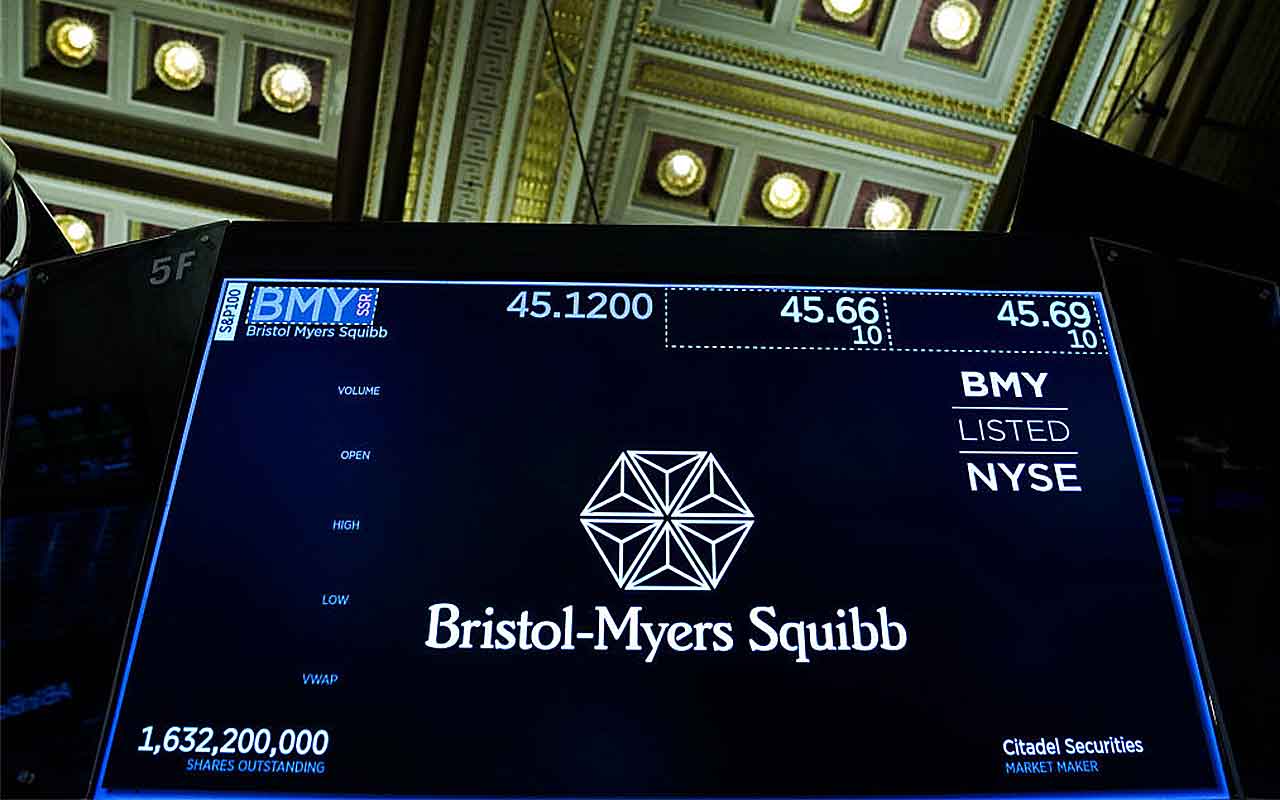
Bristol-Myers Squibb
- Market value: $78.7 billion
- Dividend yield: 3.4%
On Aug. 5, 2016, Bristol-Myers Squibb (BMY, $48.09) cratered 16% in one day after a disastrous failure in one of its major cancer-drug studies. Immunotherapy treatment Opdivo missed its primary goal in a late-stage clinical trial as a first-option treatment for non-small cell lung cancer. BMY went on to lose a third of its value by October of that year. It simply hasn’t been the same stock. Shares are off 24% since the failed trial, versus 36% gains for the S&P 500.
However, financial advisor Steve Azoury, of Azoury Financial in Troy, Michigan, thinks BMY is poised to finally make a move back up. Amgen (AMGN) is buying Celgene’s (CELG) crown jewel, psoriasis drug Otezla, for $13.4 billion. Azoury says the cash coming in from that deal will help reduce the leverage Bristol-Myers needs to complete its previously announced purchase of Celgene.
Bristol-Myers’ acquisition of Celgene – itself a blockbuster M&A move worth $74 billion – is expected to close by the end of 2019 or early 2020. It could be a great marriage, but it has been sidetracked because of Federal Trade Commission concerns. The deal to sell Otezla is expected to make FTC approval more likely, however.
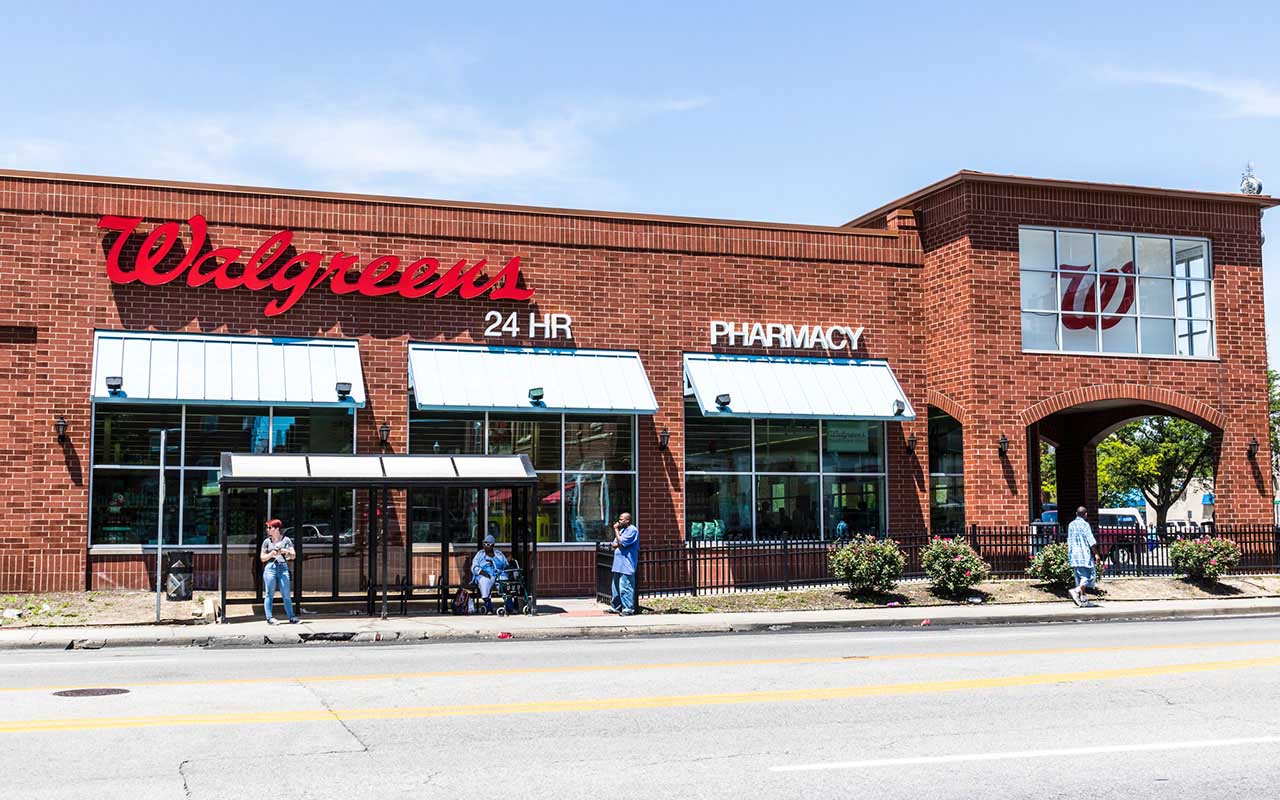
Walgreens Boots Alliance
- Market value: $50.2 billion
- Dividend yield: 3.3%
Shares of the drugstore chain Walgreens Boots Alliance (WBA, $55.59) fell apart in December 2018 amid a perfect storm of tariff-fueled market weakness and a Goldman Sachs analyst downgrade to Sell, citing weakness in Walgreens’ core business. WBA tumbled from its Dec. 4 intraday high of $86.31 all the way down to $49.31 in late May, and the stock has languished ever since.
But with a trailing P/E of 8.5, Steve Azoury counts Walgreens among cheap stocks with turnaround potential. The company is altering its mix, closing some stores and making strategic alliances with the likes of health insurer Humana (HUM) and grocery chain Kroger (KR). Walgreens even announced earlier this year that it will sell products containing cannabidiol (CBD, the active ingredient in cannabis) in 1,500 of its stores.
Pressure in the United States to lower drug prices may hurt pharmacies, but Walgreens has a respected name and is trying to expand from being just a drugstore chain by offering various health services, such as in-store clinics. This year, the company launched the “Feel More Like You” program, in which pharmacists and beauty consultants help cancer patients look and feel more comfortable while fighting their disease – the first such service in the space.
The low valuation and 3.3% dividend yield are nice. Also, long-term analysis of WBA’s price action suggests that it has reached a price floor at current levels, suggesting that chart-minded value investors will be interested, too.
Just note that Walgreens has entered America’s gun conversation, joining Kroger, Walmart (WMT) and other companies that have asked customers not to open-carry in their stores. The financial fallout (if any) from this stance could go either way in the current political environment, making it a short-term risk to keep watch on.
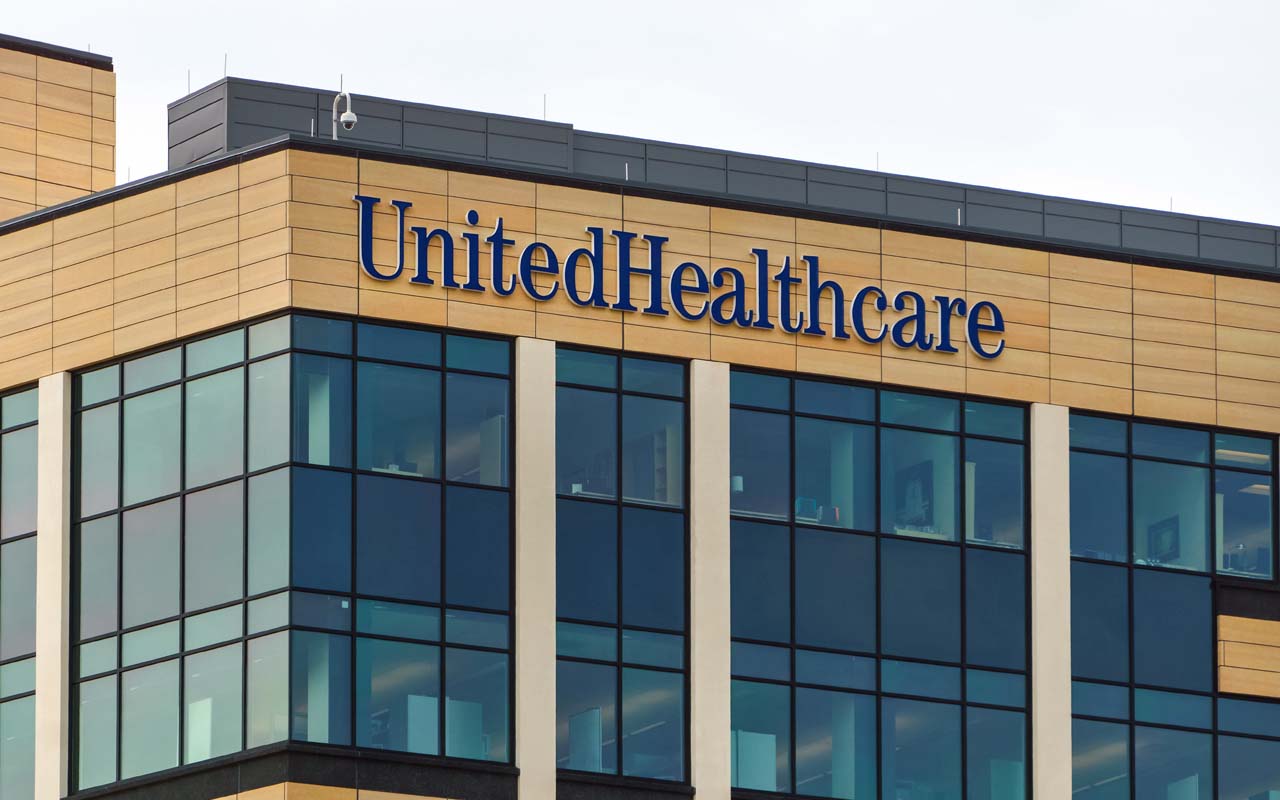
UnitedHealth Group
- Market value: $218.6 billion
- Dividend yield: 1.9%
Health care is another big topic of discussion on the political front, and it likely will become more prominent as the 2020 presidential election nears. It’s certainly one of the hottest topics in the Democratic debates, with candidates espousing a range of proposals, some of which target the elimination of private health insurance. Understandably, many stocks in the space have lost ground thanks to uncertainty.
Mike Bailey – director of research at FBB Capital Partners, a wealth management firm in Bethesda, Maryland – says shares of UnitedHealth Group (UNH, $230.68) are compelling right now. He says the stock is trading 15% below its five-year valuation average (a trailing P/E of roughly 14 currently versus an average of 16), and about 18% below the current market valuation.
Bailey favors UNH’s diversified and non-cyclical growth profile, which limits exposure to any particular health insurance (or health care) market, in case any unexpected regulations emerge. He sees the company growing earnings in the low to mid-teens, and says there’s meaningful upside for UNH if the valuation gap closes.
Bailey also likes that UnitedHealth’s diversified model reduces exposure to the trend of rising medical costs, and he favors UNH’s use of tools to promote preventative care, which should reduce hospital and doctor visits over time, thus widening margins.
And as for those 2020 election fears? Bailey sees a low probability of UnitedHealth being weighed down by regulatory hurdles because its diversification also limits risk compared to other insurers.

Raytheon
- Market value: $52.8 billion
- Dividend yield: 2.0%
The defense industry has been one of the market’s strongest areas this year. The NYSE Arca Defense Index has advanced 29% in 2019, versus 19% for the S&P 500.
Even then, there are a few cheap stocks in the industry that haven’t enjoyed the full extent of the rally. Raytheon (RTN, $189.41), a defense systems and missile maker, rallied nicely early in the year and indeed is beating the market with 23.5% returns. However, it has moved mostly sideways since April and is lagging the market while defense stocks largely keep pushing higher.
Mike Bailey says RTN, which is trading about 15% below its trailing five-year P/E, is fundamentally undervalued. Raytheon generates low double-digit earnings growth, and he sees upside as the company joins forces with United Technologies (UTX) early next year in an all-stock merger of equals.
For investors concerned about possible defense cuts, Bailey cites the company’s exposure to parts of the budget that should survive mostly unscathed, such as cybersecurity and missile defense.
Raytheon is a solid, undervalued company whose stock is simply lagging a very strong group. It should not take much to kick-start the bulls.
Profit and prosper with the best of Kiplinger's advice on investing, taxes, retirement, personal finance and much more. Delivered daily. Enter your email in the box and click Sign Me Up.

-
 Dow, S&P 500 Rise to New Closing Highs: Stock Market Today
Dow, S&P 500 Rise to New Closing Highs: Stock Market TodayWill President Donald Trump match his Monroe Doctrine gambit with a new Marshall Plan for Venezuela?
-
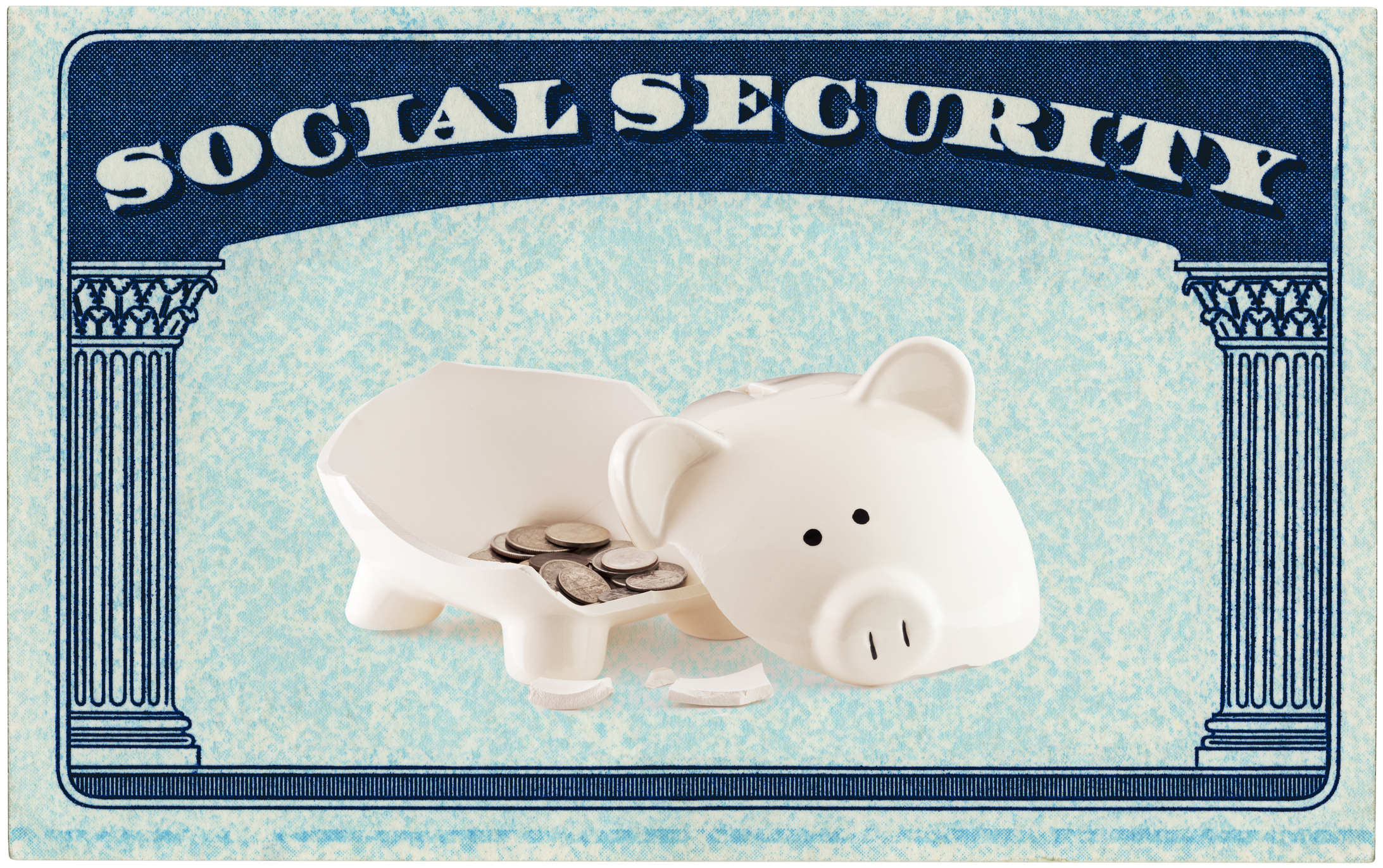 States That Tax Social Security Benefits in 2026
States That Tax Social Security Benefits in 2026Retirement Tax Not all retirees who live in states that tax Social Security benefits have to pay state income taxes. Will your benefits be taxed?
-
 QUIZ: What Type Of Retirement Spender Are You?
QUIZ: What Type Of Retirement Spender Are You?Quiz What is your retirement spending style? Find out with this quick quiz.
-
 What Fed Rate Cuts Mean For Fixed-Income Investors
What Fed Rate Cuts Mean For Fixed-Income InvestorsThe Fed's rate-cutting campaign has the fixed-income market set for an encore of Q4 2024.
-
 The Most Tax-Friendly States for Investing in 2025 (Hint: There Are Two)
The Most Tax-Friendly States for Investing in 2025 (Hint: There Are Two)State Taxes Living in one of these places could lower your 2025 investment taxes — especially if you invest in real estate.
-
 The Final Countdown for Retirees with Investment Income
The Final Countdown for Retirees with Investment IncomeRetirement Tax Don’t assume Social Security withholding is enough. Some retirement income may require a quarterly estimated tax payment by the September 15 deadline.
-
 The 24 Cheapest Places To Retire in the US
The 24 Cheapest Places To Retire in the USWhen you're trying to balance a fixed income with an enjoyable retirement, the cost of living is a crucial factor to consider. Is your city the best?
-
 Dividends Are in a Rut
Dividends Are in a RutDividends may be going through a rough patch, but income investors should exercise patience.
-
 Municipal Bonds Stand Firm
Municipal Bonds Stand FirmIf you have the cash to invest, municipal bonds are a worthy alternative to CDs or Treasuries – even as they stare down credit-market Armageddon.
-
 High Yields From High-Rate Lenders
High Yields From High-Rate LendersInvestors seeking out high yields can find them in high-rate lenders, non-bank lenders and a few financial REITs.
-
 Time to Consider Foreign Bonds
Time to Consider Foreign BondsIn 2023, foreign bonds deserve a place on the fringes of a total-return-oriented fixed-income portfolio.
